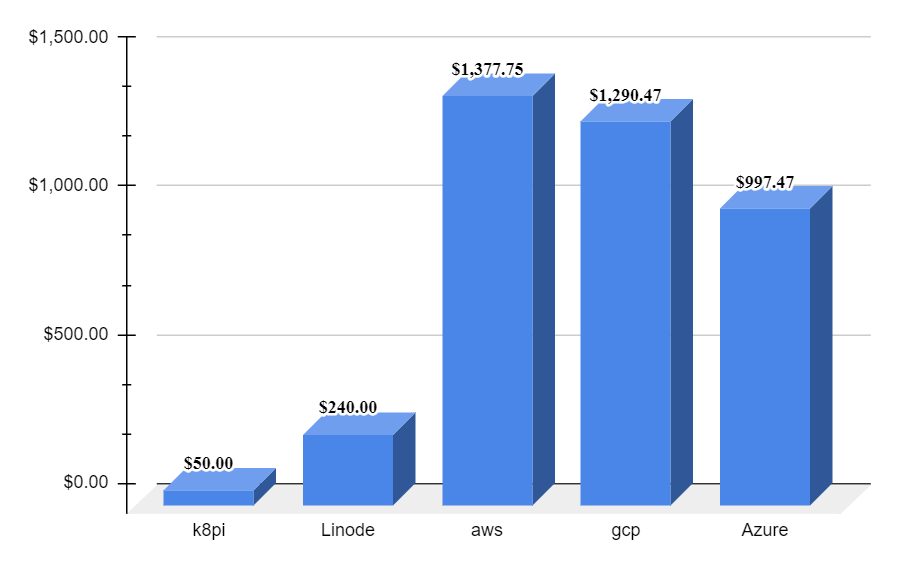Make changes in something established, especially by introducing new methods, ideas, or products
– Innovation definition from Oxford dictionary
K8PI is an innovative initiative where we bring fusion of existing techniques to offer new capabilities.
Conventionally organizations have been relying on data centers to fulfill their IT infrastructure needs. Slowly with the introduction of cloud offerings, organizations got new choices. These options refer to following scenarios
- Data Center – These are large monolith structures where a huge amount of capital investments have been made. Data center operators charge very large fee to bring additional hardware and do not provide any assistance in case of software related failure.
- Public Cloud – These are also almost like large data centers but more evolved where they adopt novel techniques like Kubernetes and virtualization to help with software along with hardware. Public cloud’s success lies in establishing a very high level of economies of scale. But unfortunately this leads to a narrow set of options because they serve all customers using same set of underlying infrastructure.
- Hybrid Cloud – Some organizations attempt to split their compute needs among the previous two options for reasons like data privacy, but this cost them more money and administrative headache
There is no option for those who are looking for great features like reliability and fault tolerance offered by Kubernetes in a cost effective manner
Imagine if a standard can be defined for core infrastructure (hardware & software) and it is made available to customers to build whatever they want in a reliable and extensible manner.
How does it work?
The signup process if very simple, quick and free from any long term contracts
- Customer creates an account by giving simple details like email
- Selects products (Lease or Bring-Your-Own PI) and completes payment
- Your personal cloud is ready to start building awesome applications in less than 5 minutes
Your account automatically gets training manual and step by step instructions on how to access your dashboard as well as how to create your websites, databases, APIs, etc
What about EKS, AKS, GKE, …?
Cloud platforms offer Kubernetes cluster with similar SLAs even if it is not meant for mission critical usage. Imagine your projects being fulfilled by the same infrastructure which serves NASA, Pentagon and Risk Management Firms. This obviously leads to a common pricing model which is not optimal for certain users .
There is a category of users/organizations who are not too much concerned about either SLAs or contractual obligations. For example individual innovators, small organizations looking for infrastructure for POCs, schools and colleges, students for learning purposes etc. Look at following comparison
- Data Center : Millions of $ of capital expense. Thousands of $ of operational expense every month
- Public Cloud : No Capital expense but Operation expense can be in Hundreds to Thousands of $ every month
- K8PI : Low or No Capital spend, Operational spend is less than $10 per month
How does k8pi pricing compare?
The following chart compares the prices ($ per month) for the typical usage pattern of
CPU = 4, Memory = 32 GB
Note that there is a lighter option available as well for single node 8GB RAM at $20 per month
